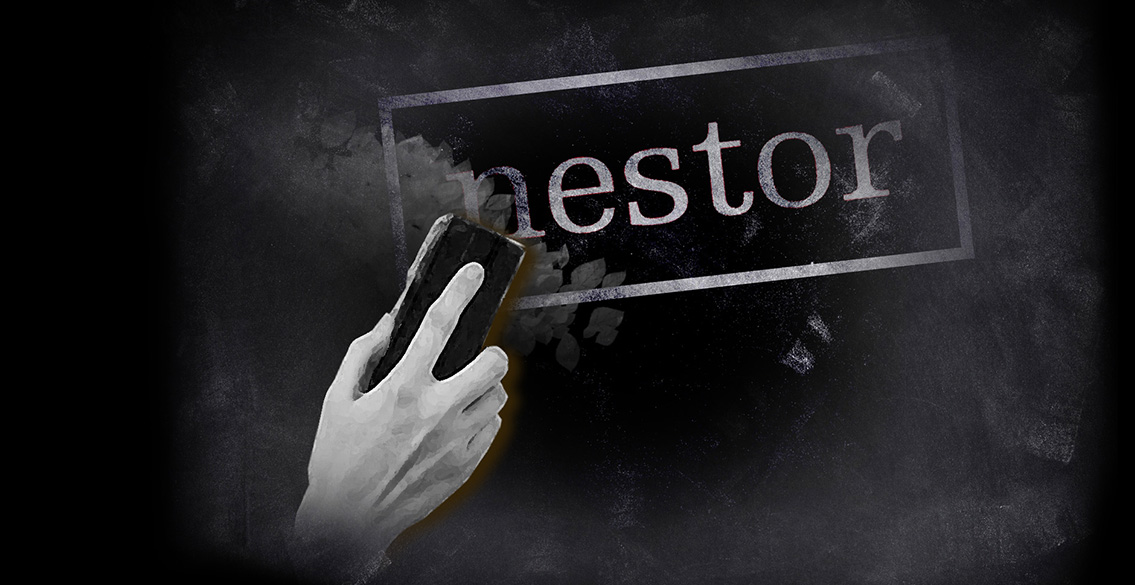While the AFAS implementation turned out to be a disaster, the switch from electronic learning environment Nestor to Brightspace has been made without any appreciable problems.
‘We thoroughly analysed the AFAS implementation’, says Michiel van Geloven, project manager for the Brightspace introduction. AFAS went live all at once, ‘kind of like a big bang’. This made it difficult to figure out where the issues lay, he says.
‘We started out small in January of this year by offering eighteen courses through Brightspace. In April, we expanded this to 140 courses.’
Another difference is that other institutes of higher education have already been using Brightspace, whereas the UG was the first to use AFAS.
‘As such, the Brightspace software is geared towards educational use’, says Van Geloven. Additionally, people on the project talked extensively to end-users such as educational offices, student assessors, and boards, ‘to inventory their needs’.
Adjustments
Based on these requests, Van Geloven’s team was able to make quite a few adjustments. ‘Some of the things we changed were the course template and the way students had to register for courses.’
But there are things the Brightspace contractor can’t change, he says. ‘Other universities bombard them with questions and requests.’
Associate professor of economics and business economics Auke Plantinga is one of the first people who got to use Brightspace. He is happy with the new software, but admits it takes some getting used to.
‘Finding a new routine is taking a while. The new system to divide students into groups is a little tricky. The one Nestor had was easier. But it’s entirely possible that I’ll be used to it in two weeks.’
Small issues
Van Geloven’s team understands people will need some time to get used to the new system. They’ll probably run into small issues, such as the visibility in the system of inactive courses. ‘Nestor would still display the course on the list but have it greyed out, while Brightspace removes the course altogether.’
This led to a lot of questions at the pop-up help desks for Brightspace the UG has set up. ‘We were unable to change this, but we did write a notification explaining the issue, and that notification comes up when people log in. They’ll eventually get used to it.’
One step further
Starting Monday, Nestor will no longer be in active use, but the Brightspace implementation will continue for the next year. ‘One of the things we’re still working on is improving accessibility. We’ll be adding a special dyslexia font, and users will soon be able to change the colour of their font and screen themselves.’
They’ll also install screen reading software for visually impaired users. ‘We are legally obligated to make some of these changes, but we’re taking it a step further.’




